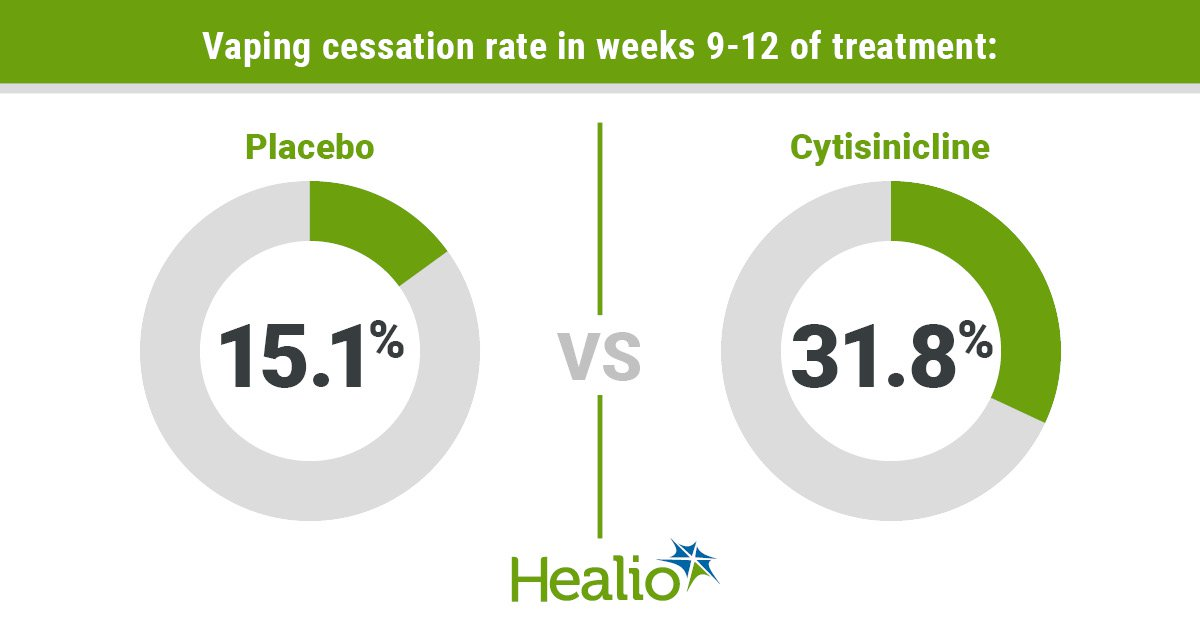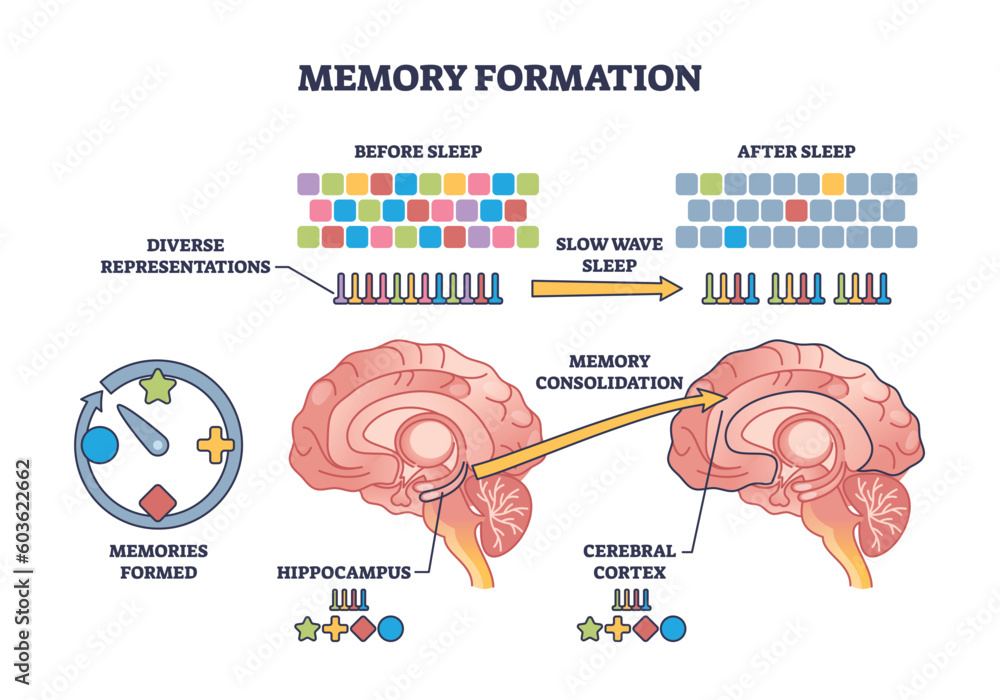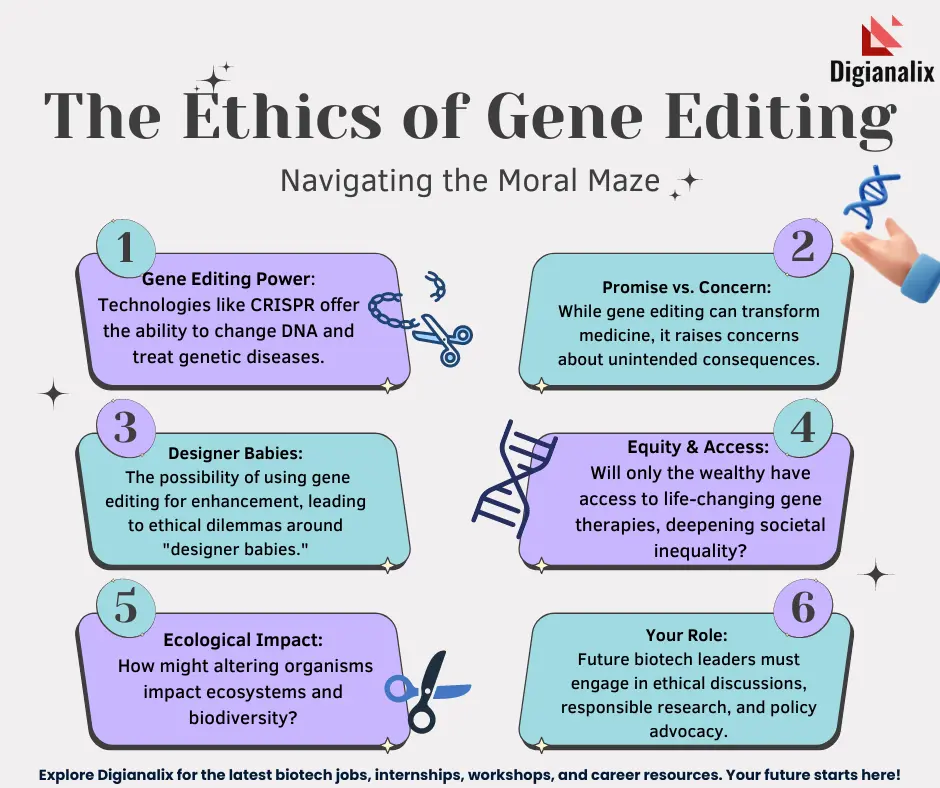
The vaping cessation pill, varenicline, has emerged as a powerful ally in the fight against nicotine addiction, particularly among teens and young adults. As youth vaping rates soar, the need for effective quitting options has never been more critical. Recent clinical trials reveal that those who take this FDA-approved smoking cessation medication are more than three times as likely to successfully quit vaping compared to those who only receive behavioral counseling. This groundbreaking research highlights the importance of addressing nicotine addiction treatment tailored for younger demographics, many of whom are trapped in the cycle of vaping. By providing insights into effective cessation methods, including the use of varenicline for teens, we can pave the way for healthier futures and combat the rising trend of adolescent vaping.
The fight against youth nicotine dependence is gaining momentum with the introduction of innovative solutions like the vaping cessation medication. Designed for young individuals seeking to break free from the grips of electronic cigarette use, this FDA-endorsed treatment has shown promising efficacy, especially in clinical trials targeting teenagers and young adults. Research points to significant improvements in quitting rates, suggesting that the inclusion of pharmacological support could be a game-changer in public health strategies. Meanwhile, the rise in adolescent vaping underscores an urgent need for tailored interventions, addressing the unique challenges faced by this demographic. As we explore various approaches to combat nicotine addiction, the utilization of cessation pills stands out as a vital component in fostering a smoke-free generation.
The Rise of Youth Vaping Rates and Its Consequences
Youth vaping has become a prominent public health concern in recent years, with alarming statistics indicating that approximately a quarter of young adults aged 18 to 25 engaged in vaping in 2023. These numbers reflect a growing trend that has vital health implications, as early exposure to nicotine can significantly increase the risk of developing more severe addictions later in life, including dependencies on substances like cocaine. The pervasiveness of vaping, often packaged in appealing flavors and sleek devices, makes it particularly attractive to minors, further complicating efforts to prevent nicotine addiction in this vulnerable demographic.
Additionally, the health risks associated with vaping mirror some of those seen with traditional smoking, including the exposure to harmful carcinogens and heavy metals, which can lead to serious respiratory issues and long-term health complications. Understanding the upward trajectory of youth vaping rates underscores the urgent need for effective cessation strategies targeted at younger populations. Recognizing these risks is critical in developing comprehensive prevention and treatment programs that address not only the habit of vaping but also the underlying issues contributing to nicotine addiction.
Frequently Asked Questions
What is a vaping cessation pill and how does varenicline work for quitting vaping?
A vaping cessation pill, such as varenicline, is an FDA-approved medication designed to help individuals quit nicotine addiction. Varenicline targets nicotine receptors in the brain, reducing withdrawal symptoms and cravings associated with quitting vaping. Clinical studies have shown that it significantly increases the chances of success for teens and young adults trying to quit.
How effective is varenicline as a vaping cessation pill for teens?
Varenicline has been found to be highly effective for teens aged 16 to 25 in quitting vaping. In a clinical trial, participants taking varenicline had a quitting success rate of 51% after 12 weeks, compared to just 14% for placebo users. This indicates that varenicline can play a crucial role in nicotine addiction treatment among younger individuals.
Is varenicline safe for young adults looking to quit vaping?
Yes, varenicline is considered safe for young adults aged 16 to 25 who wish to quit vaping. The clinical study highlighted that participants using varenicline did not transition to cigarette smoking after quitting vaping, supporting its safety as an effective treatment for nicotine addiction.
What role does behavioral counseling play alongside varenicline in vaping cessation?
Behavioral counseling complements the use of varenicline by providing support and strategies to manage cravings and triggers associated with quitting vaping. In clinical trials, participants who received both varenicline and behavioral counseling experienced higher success rates than those receiving counseling alone.
Are there any other treatments for quitting vaping besides varenicline?
While varenicline is an effective FDA-approved option for quitting vaping, there are additional treatments available. These may include behavioral therapies, nicotine replacement therapies (like patches or gum), and support groups. Further research is ongoing to identify other potential therapeutic approaches for vaping cessation.
How can teens access varenicline for quitting vaping?
Teens aged 16 to 25 can access varenicline through a healthcare provider. Given its FDA approval for smoking cessation in adults, healthcare professionals can prescribe it to young individuals looking to quit nicotine vaping, thus providing a crucial support for overcoming nicotine addiction.
What impact does vaping have on youth, making cessation important?
Vaping poses significant health risks to youth, including nicotine addiction, exposure to harmful substances, and potential long-term effects on brain development. As youth vaping rates continue to rise, finding effective cessation methods, such as varenicline, is critical for public health and the well-being of young adults.
Can varenicline help with both vaping and traditional smoking cessation?
Yes, varenicline is effective for both vaping and traditional smoking cessation. Originally developed as a smoking cessation pill, its mechanism helps reduce cravings and withdrawal symptoms for individuals looking to quit any form of nicotine, making it a versatile option for nicotine addiction treatment.
| Key Points |
|---|
| FDA-approved varenicline is effective for vaping cessation in teens and young adults. |
| Participants aged 16-25 saw three times greater success in quitting vaping compared to placebo users. |
| 51% of varenicline users stopped vaping after 12 weeks, compared to only 14% and 6% in other groups. |
| Continued support and counseling significantly enhance quitting rates when combined with medication. |
| Varenicline was deemed safe with no users switching to cigarettes after quitting vaping. |
Summary
The vaping cessation pill, varenicline, has shown significant promise in helping teens and young adults quit their habitual use of nicotine vapes. As demonstrated by recent clinical trials, this FDA-approved medication not only surpasses placebo treatment effectiveness but also underscores the importance of integrating behavioral therapy and support in cessation programs. By providing a robust option for individuals aged 16 to 25, varenicline stands out as a crucial tool in combating the rising trends of vaping among youth, effectively addressing both the addiction challenge and associated health risks.






